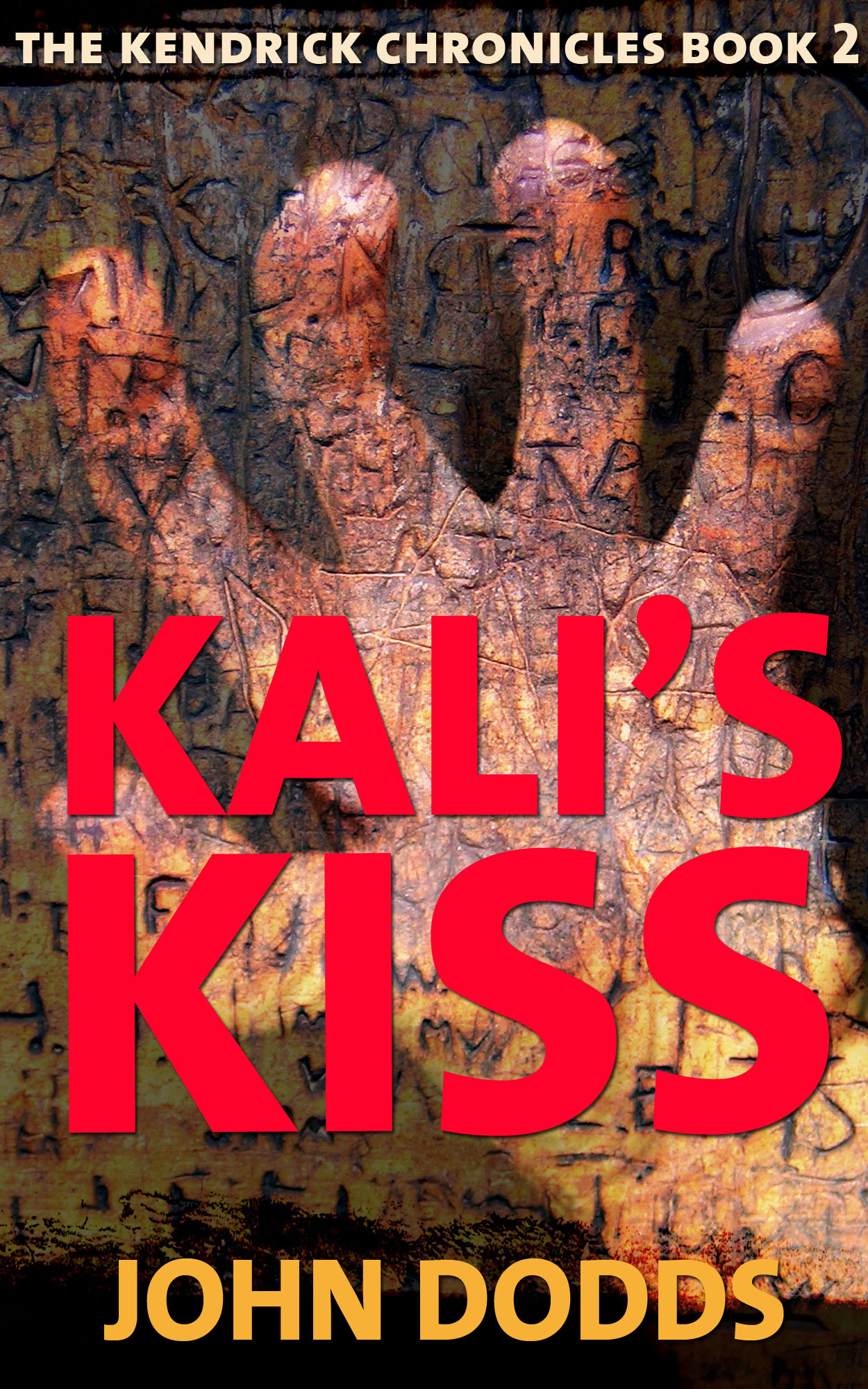
“How about, ‘Never in the field of human conflict was so much owed by so many to so few’?”
Merlin sighed. “Already taken, my lord.”
Arthur, King of Camelot, son of Uther Pendragon, had been working on a speech for next week’s pre-joust banquet and thinking aloud as the others debated the issue of the symbolic structure. As king he was certainly entitled to have all the best sayings licensed to him, so he wasn’t best pleased by his wizard’s reply. “By whom?” he growled. “I’ve only just thought of it.”
“Hmm,” said Merlin, “That’s a hard one — as the actress said to the Bishop — but I can tell you it will be used at some time in the distant future by a ruler you don’t know in reference to a battle that hasn’t happened yet.”
“Merlin, I’m becoming displeased by your perpetual riddles. And your bad jokes.” Arthur then gulped down half a tankard of ale in one go.
The wizard opened his hands out and shrugged in a “sorry, not my problem” gesture.
The King, too, wanted to make a gesture, in the form of something that would memorialise him, and Camelot. A painting, a sculpture, whatever. One that would be memorably unusual.
At the far end of the table, Sir Damien, who preferred the paintbrush to the sword, and aspired to be an artist of sorts, said, “I’ve got this fab idea that would get you some media attention. We capture a dragon, see. Then we slice it in half and put it inside a glass case, with its guts on view to the public.”
A neighbouring knight scoffed, “Call that bloody art? My serf could do better art than that. And he’s only got one eye!”
“The trouble with this particular table,” the Brothers Saatchi interrupted in unison, “is that it’s just like every other table in the kingdom.” They were referring to the gigantic table at which they were all presently seated. The carpenters had only just this morning brought it into the grand hall, piece by piece, and assembled it in situ. Unfortunately, Arthur had failed to consult with the Saatchis about the acquisition. Naturally so, since the King considered them to be poseurs who tended to dismiss anything they regarded as “mere craftwork” in favour of Art – with a capital A.
The trouble was that the table wasn’t all the King had hoped it would be. It was in reality deeply flawed, and didn’t give the message he’d hoped for. Hence the current debate about the relative merits of tables, works of art in the form of split dragons, and so on.
“Yes,” said Charles DeLeon, “It is ordinary, my Lord. We quite agree with you. Not very…symbolic, if you take my meaning.”
DeLeon’s brother, James, clarified, “It’s your common or garden rectangular style of table, your majesty. The usual number of legs — inlaid with gold, certainly, but otherwise unexceptional.”
The king was scowling again. “I paid a lot of money for this table. A king’s ransom, in fact.”
“You were done,” said Merlin in a stage whisper.
Arthur threw him a silencing glare.
“Lancelot’s a ladies man, we all know that,” Gawain sneered. “I’d lay odds he flirted with your lady, Guinevere, so that she would persuade you to commission the carpenters. Who, incidentally are good friends of Lancelot’s.”
“Truly,” Sir Geraint added. “They don’t call him lance a lot for nothing.”
A ripple of laughter went around the table.
Arthur’s face blackened with incipient rage. “Are you suggesting that Lancelot not only seduced my wife, but that he’s also taking a backhander from the bloody carpenters?”
Said Lancelot, interestingly enough, was not currently present to defend himself. He was in fact, at this very moment, giving Guinevere what the queen herself called, “a jolly good seeing to”.
“Sire, forgive me, I beg.” Sir Gawain held up a placatory palm. “I was by no means suggesting seduction —” and here he gave Sir Geraint and accusatory glare for his off colour bawdiness. “— certainly not…big Lance could no more seduce your Lady than an ant could seduce an elephant.”
A gasp of horror around the table. A mixed metaphor of the worst sort.
Gawain blushed and blustered, “Again, forgive me, my Lord…my facility with words is…”
“Non existent,” the Brother’s Saatchi pealed in unison.
More laughter.
King Arthur slammed his fist down on the table. The table shook, bouncing the knights’ tankards an inch or two into the air and slopping some of the ale in them onto the recently-polished surface.
The King’s eyes widened in horror. “But…but…this can’t possibly be oak! It’s so…flimsy!” He rapped the surface with his knuckles. The tabletop gave a hollow sound like a dampened drumskin.
Arthur’s face was completely black now. “What – in God’s name — have I bought here?”
The Saatchi brothers exchanged a look of profound satisfaction. One of them (no one seemed to know their Christian names and generally they were referred to in the plural), said, “My liege, while it is true that your table is not entirely a work of art, the makers at least are trying to display a contemporary sensibility.”
“What the hell are you talking about, Saatchi?” The King quaffed more ale and fiercely backhanded the froth from his top lip.
“In the use of materials,” said Saatchi Two. “Very modern, if you will. Science as opposed to art.”
Saatchi One, in response to the King’s puzzled expression, explained. “MDF, my Lord. It’s all the rage in furniture making these days.”
***
Next day, under pain of execution, the humbled and terrified carpenters, Eoin and Walliam, offered to make the King a new table. A table so extraordinary, so unique, that it would insert itself into the popular imagination for centuries to come. Not only that, but it would be big. Really, really big!
“Big is good,” King Arthur said, “Size matters. It suggests that the King’s got a really massive…”
Merlin, standing beside Arthur’s throne while the King sat there in all his Kingosity, coughed politely into his fist to divert him from completing his sentence.
Arthur whispered out of the corner of his mouth, “Oh, righto, Mer…gotcha.”
Eoin said, “What about a hexagonal one, sire?”
Arthur slowly, mentally, counted his fingers. “”That’s…that’s….five sides, isn’t it?”
The carpenter nodded.
“And how many knights do we have?”
“Er…one hundred and fifty, my lord?” The carpenter was growing paler by the minute.
“So,” said Arthur, leaning back theatrically in his throne. “How would that work, then, if we had guests, for example?”
The carpenter seemed to want the floor to open up beneath him. “Well, they could…perhaps…be ten to a side, and the guests could…um…share a corner each.”
“The sides would need to be extremely long,” Merlin sneered. “And some knights, visiting or otherwise, might think it beneath them to share a corner.”
The carpenter lowered his head, then lifted it again, and now he was smiling like an eager-to-please puppy. “I could add more sides. Of course, that’s it! Ten sides, five knights each, with room left over for visitors. Now that would be an opti–, a penta–, a septa–, um…a ten-sided table.”
“Brilliant,” groaned the king. “Absolutely bloody brilliant. And where, pray, would I sit?”
The carpenter’s smile faded. “Oh, you meant a hundred and fifty knights…plus you.”
“Odd number, see,” said Merlin. “Lucky. Very fortuitous, that.”
“But not for carpenters,” said Arthur, adding, “Obviously.”
The poor carpenter had by now been emotionally sawn, sanded, planed, splintered and rendered down for wood pulp.
“Back to the drawing board with you, carpenter,” said the King. “Your choices now are as follows: really cool table. Or Death.”
* * *
And so it transpired that the carpenters, after much consideration, fuelled by fear of execution, devised a table for the King’s hall that would go down in history. Not only was it big — really big — but it was made of proper oak (none of that MDF malarkey). Plus it was, may God preserve us, not square or hexagonal, nor even decahedron for that matter (we looked that one up in Wikipedia). Put simply, it was, in fact, circular.
“Except,” King Arthur complained, “Knights of the Circular Table doesn’t have a proper ring to it.”
Carpenter Walliam said, “Except it is a ring, my Lord. It’s got a hole in the centre for starters. Which makes it….a ring…sort of…”
“That’s not what he meant, boy,” put in Merlin. The wizard did that strokey beardy thing of his — an affectation displaying to the world that he was thinking profound thoughts — and said, “How about….Knights of the Round Table, my liege?”
The 150 knights sitting around the remarkable tabled with its inlaid marquetry of different exotic woods and gold leaf, made mutterings of approval.
Arthur raised his eyes heavenward for a moment — his own affectation, signalling profound Kingly thoughts — then made his pronouncement on the issue.
“Cool! Really cool, wizard. Now then, that’s that. So, Knights of the Round table, what’s the order of business today?”
First order was the Expedition. A young knight had come up with the idea, of which the others were in broad support. Some wondered at Sir Percival’s courage and folly in going out in search of the Holy Grail. And others of his fellow knights, who knew him for his naivety and impulsiveness scorned him for risking his life for a bit of crockery.
“What is a grail, anyhow?” Sir Bors, a quarrelsome braggart, commented.
“The cup in which a centurion caught some of the spilled blood of Christ,” said the Welsh knight, Yvaine, adding, “Cretin! Everyone knows that.”
Sir Bors refused to take the bait and laughed, “Well I only hopes his gives it a good wash before offering it to our king. It must be totally rancid by now.”
THE END
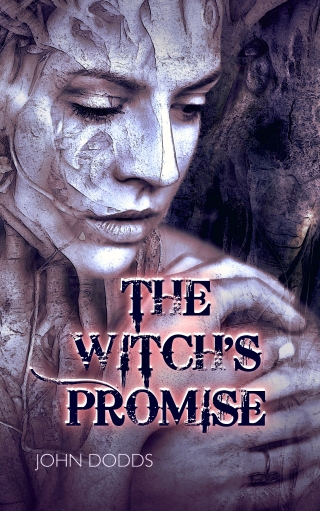 My latest work, a 12,300-word novelette, out now on Amazon, . If you are minded to review it, I’d be happy to send you a free copy – just drop me a line with your contact details.
My latest work, a 12,300-word novelette, out now on Amazon, . If you are minded to review it, I’d be happy to send you a free copy – just drop me a line with your contact details.


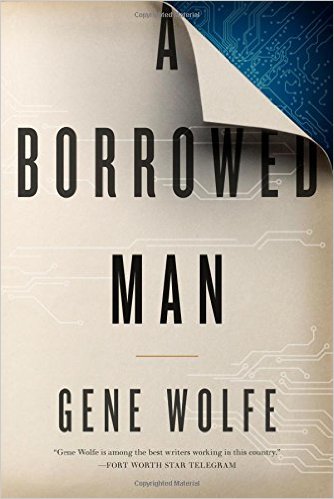
 le. I suppose that tells you something about the book.
le. I suppose that tells you something about the book.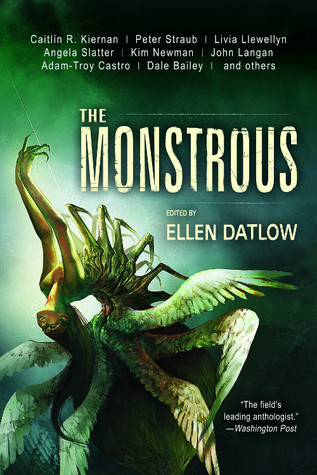
 Every so often a musician comes along and takes you completely by surprise. In a music industry dominated by clones (this singer sounds a bit like that singer, that band is a new version of that other band that was famous last year), it’s always a pleasure to know that there are still originals out there. With Australian singer-songwriter Rachel Collis, comparisons have rightly been drawn with Kate Bush, but I’d throw into the mix, of all people, Cole Porter. Except that there is no one else quite like Rachel Collis – and she isn’t really like anyone else, either.
Every so often a musician comes along and takes you completely by surprise. In a music industry dominated by clones (this singer sounds a bit like that singer, that band is a new version of that other band that was famous last year), it’s always a pleasure to know that there are still originals out there. With Australian singer-songwriter Rachel Collis, comparisons have rightly been drawn with Kate Bush, but I’d throw into the mix, of all people, Cole Porter. Except that there is no one else quite like Rachel Collis – and she isn’t really like anyone else, either.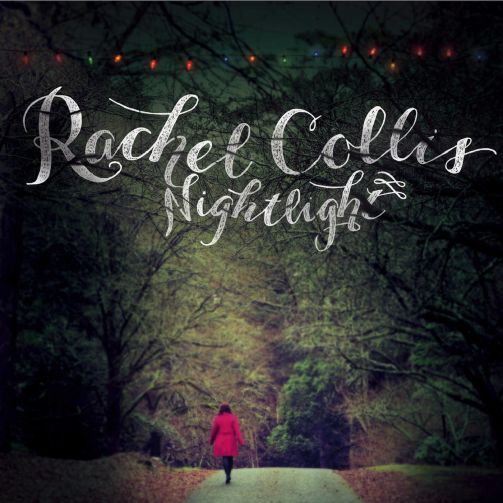 Rachel is not only a wonderful singer and pianist but she has a terrific facility for witty, moving, funny, clever lyrics and melody which can take you through a range of different emotions even in the course of a single song.
Rachel is not only a wonderful singer and pianist but she has a terrific facility for witty, moving, funny, clever lyrics and melody which can take you through a range of different emotions even in the course of a single song.